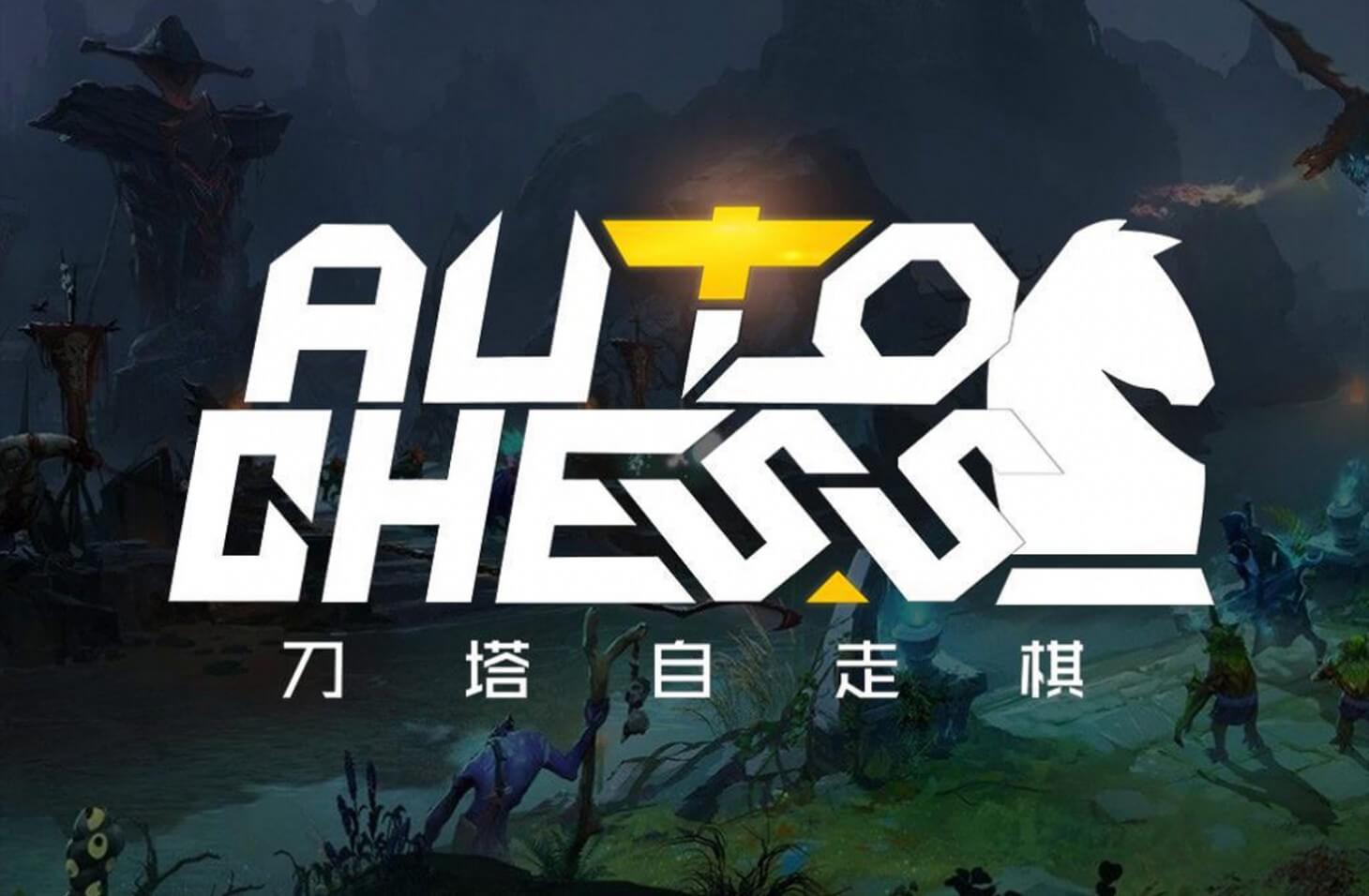Auto Chess Part III: Countries and Regions of Auto Chess Streamers
In the third part of our ongoing Auto Chess series, we take a look at Twitch’s language data to break down where, in the world, people are streaming the popular new title.

In the third part of our ongoing Auto Chess series, we take a look at Twitch’s language data to break down where, in the world, people are streaming the popular new title.
Auto Chess has widely been compared to, and considered a competitor of, collectible card games like Hearthstone and Magic: the Gathering. The reasons for this are numerous, not the least of which being, as we discussed last week, that a good percentage of content creators playing the new modification were previously playing games in that genre. But, there’s another point of similarity Auto Chess shares with the DCCG genre, as well as with MOBAs: a diverse international audience.
Regional success is nothing new in the gaming industry. Titles can become enormous hits in Japan or elsewhere in the East, and then either flop or go unreleased in the West. The same goes in the other direction, as the tastes of each market can be distinct due to cultural differences. Collectible card games are one of the genres that sees wide-reaching success across the globe. Like MOBAs, they’re highly competitive with entrenched and established esports communities, and those tournaments and leagues draw challengers from all over the world. Esports has, for a long time, been a truly international space, and those titles which become central to the world of competitive gaming tend to see an international audience and player-base.
Meanwhile, Auto Chess is still very new, and there isn’t a lot of information available as to who is playing it. And yet, pulling up the top channels at any particular time tends to reveal players from all over the world. We wanted to see just how real that impression was, so we did what we do: we ran the numbers. Here’s what we discovered...
Note: Geographic data for streamers is not currently available through Twitch. As such, for the purposes of this investigation, we focused on streamer language to extrapolate where, in the world, Auto Chess was being streamed. This information will provide a well-educated picture of the title’s performance by region, but does not perfectly represent geographic information. Conclusions should be measured against this limitation.
Auto Chess was first given its own category on Twitch on March 17th. Prior to that point, its streamers were categorized as playing Dota 2. That makes the week of March 19th the first wherein we could collect a complete set of data for just Auto Chess players. The primary language of content creators mainly featuring the title are represented in the graph above.
As you can see, the largest percentage of these creators were streaming in Korean (31.7%), which doesn’t come as much of a surprise. Dota 2 itself is wildly popular among Korean streamers, and players from the region often participate, both as individuals and teams, in the DCCG and MOBA genres’ largest tournaments and leagues. Prior to our investigation, we expected the region to be among the most represented within the game’s streamer-base, and in the first week as a unique category on Twitch, it indeed proved true.
The second most common language amongst Auto Chess streamers in the game’s first week was English (24.3%). While Twitch provides a separate category for those streaming from Great Britain, it’s the streamers themselves who self-report their language, so that number is likely not representative of any real tangible distinction. English, indeed, is the language from which we can assume the least, in terms of geographic location. Most American streamers will be within this category, but so too would streamers in other regions trying to reach a more international audience, as well as creators in certain regions for whom the language setting will default to English, and simply hasn’t been changed. Because it still possesses an 8% lead on the next language, we think it likely that the United States is the second most represented region among Auto Chess streamers for the week. It is, however, important to keep the aforementioned qualifications in mind.
The next three most prevalent languages amongst Auto Chess streamers were Russian (17.6%), German (7.6%), and Turkish (5.1%). Russian is spoken widely, not just in Russia, but in other Eastern European nations. Outside of that area, however, it is far less common, so it is fair to assume that this number accurately represents the percentage of Eastern European and Russian creators streaming the title. The same can be said of the percentages for German and Turkish, as their use is generally limited to their native nations.
From this, we can gather that while the greatest percentage of the game’s streamers were Korean, they do not dwarf the title’s streaming community in the U.S. or Eastern Europe to the point of making either irrelevant. After the week wherein it received its own category on Twitch, the game was streamed substantially from all three regions, with other locations still contributing significantly.
How has this changed over time? Let’s compare the above graph to one for the most recent week, from 4/9-4/15.
In the weeks between the two above graphs, the top five languages amongst the Auto Chess streamer-base did not substantially change. It wasn’t until the week of April 2nd that a new region, Japan, entered picture, taking Turkey’s fifth position with 6.3% of total streamers. Then as represented above, it overtook the community's German-speaking contingent, rising to make up 10.1% of the game’s total streamers. At the same time, the percentage of creators speaking Korean has remained relatively stable, hovering around 30%, as has the segment of the community streaming in English, which remains between 20-25% from month to month, and the Russian contingent, which fell to as low as 15.7%, but above returned to 16.4%, showing similar stability.
And so, the top three regions engaging with Auto Chess seems somewhat consistent. Even as the numbers below them see movement, the percentage of Korean, English, and Russian speaking streamers remains stable. It will be interesting to see if the momentum of the Japanese-speaking streamers continues into the future, and if it can eventually overtake Eastern Europe as the third most well represented region amongst the Auto Chess community.
So, did the real numbers meet our expectations? Yes and no. While we expected Korea to be the most well represented region amongst the playerbase, it was a surprise just how stable it has been thus far, and how consistent all these numbers have been overall. The rise of Japanese streamers is an interesting and unexpected twist, as is the high level of engagement from Turkey, but really, our overall impression was that Auto Chess is a highly international game, and that impression proved to be accurate. Moving forward, it will be fascinating to watch how it shifts as the game’s community matures, and the title itself sees further development.
This is part three of a four-part series, click here for the finale.
Be sure to go back and check out the first and second part of our Auto Chess investigation. And be sure to follow us on Twitter and LinkedIn for all the latest blogs, announcements, and game marketing news from the team at GAMESIGHT!

